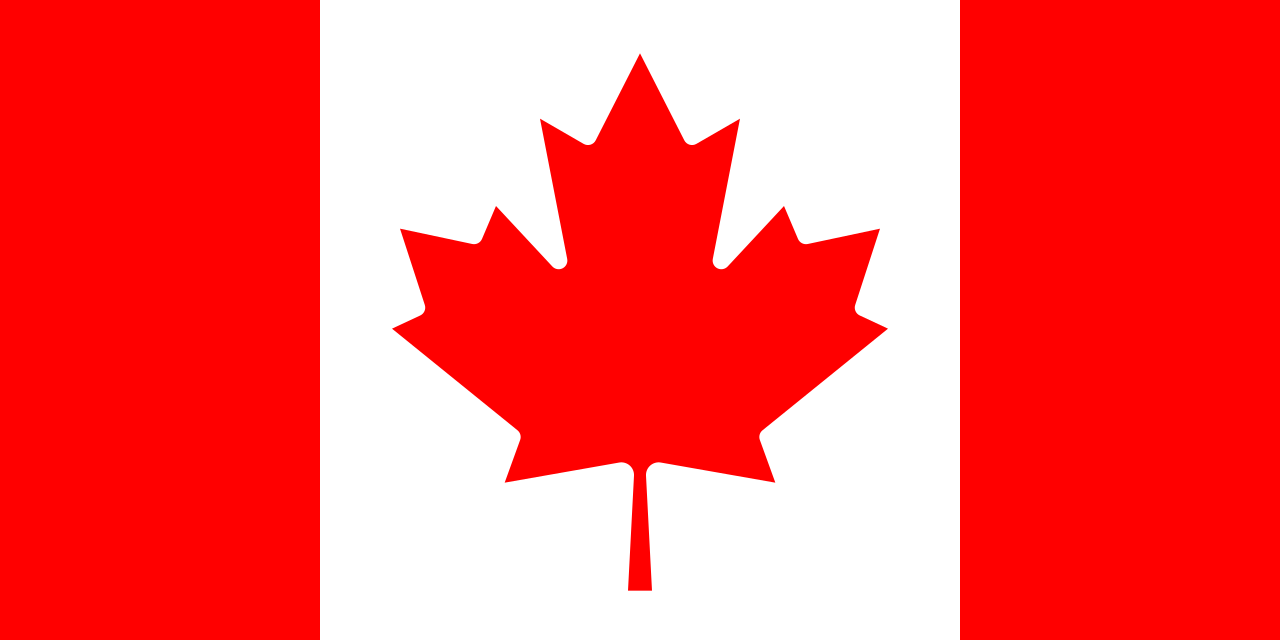Sir Edmund Hillary
Everest 1985
Source: This article is licensed under the GNU Free Documentation License. It uses material from the Wikipedia article Sir Edmund Hillary
Sir Edmund Percival Hillary, KG, ONZ, KBE (20 July 1919 – 11 January 2008) was a New Zealand mountaineer and explorer. On 29 May 1953 at the age of 33, he and Sherpa mountaineer Tenzing Norgay became the first climbers known to have reached the summit of Mount Everest. They were part of the ninth British expedition to Everest, led by John Hunt.
Hillary became interested in mountaineering while in high school, making his first major climb in 1939, reaching the summit of Mount Ollivier. He served in the RNZAFas a navigator during World War II. Before the successful expedition in 1953 to Everest, he had been part of a reconnaissance expedition to the mountain in 1951 and an unsuccessful attempt to climb Cho Oyu in 1952. As part of the Commonwealth Trans-Antarctic Expedition he reached the South Pole overland in 1958. He would later also travel to the North Pole.
Following his ascent of Everest he devoted much of his life to helping the Sherpa people of Nepal through the Himalayan Trust, which he founded. Through his efforts many schools and hospitals were built in this remote region of the Himalayas.
Youth
Hillary was born to Percival Augustus Hillary and Gertrude Hillary, née Clark, in Auckland, New Zealand, on 20 July 1919.[1] His family moved to Tuakau (south of Auckland) in 1920, after his father (who served atGallipoli) was allocated land there.[2] His grandparents were early settlers in northern Wairoa in the mid 19th century after emigrating from Yorkshire, England.[3]
Hillary was educated at Tuakau Primary School and then Auckland Grammar School.[2] He finished primary school two years early, but struggled at high school, achieving only average marks.[4] He was initially smaller than his peers there and very shy so he took refuge in his books and daydreams of a life filled with adventure. His daily train journey to and from high school was over two hours each way, during which he regularly used the time to read. ]
He gained confidence after he learnt to box. At 16 his interest in climbing was sparked during a school trip to Mount Ruapehu. Though gangly at 6 ft 5 in (195cm) and uncoordinated, he found that he was physically strong and had greater endurance than many of his tramping companions.[5] He studied mathematics and science at The University of Auckland, and in 1939 completed his first major climb, reaching the summit of Mount Ollivier, near Mt. Cook in the Southern Alps.[2] With his brother Rex, Hillary became a beekeeper,[1][6] a summer occupation that allowed him to pursue climbing in the winter.[7]His interest in beekeeping later led Hillary to commission Michael Ayrton to cast a golden sculpture in the shape of honeycomb in imitation of Daedalus’s lost-wax process. This was placed in his New Zealand garden, where his bees took it over as a hive and “filled it with honey and their young”.[8]
World War II
Upon the outbreak of World War II Hillary applied to join the air force, but withdrew the application before it was considered because he was “harassed by my religious conscience“.[9] Following the introduction of conscription on the outbreak of war in the Pacific, in 1943 Hillary joined the RNZAF as a navigator and served on Catalina flying boats. In 1945 he was sent to Fiji and to the Solomon Islands where he was badly burned in a boating accident, after which he was repatriated to New Zealand.[9]
Expeditions
Hillary was part of a British reconnaissance expedition to Everest in 1951 led by Eric Shipton before joining the successful British attempt of 1953. In 1952 Hillary and George Lowe were part of the British team led by Eric Shipton that attempted Cho Oyu. After that attempt failed due to the lack of route from the Nepal side, Hillary and Lowe crossed the Lho-La into Tibet and reached the old Camp II, on the northern side, where all the pre-war expeditions camped.
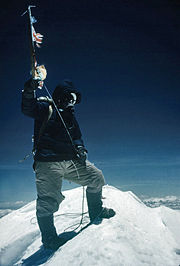
The route to Everest was closed by Chinese-controlled Tibet, and Nepal only allowed one expedition per year. A Swiss expedition (in which Tenzing took part) had attempted to reach the summit in 1952 but was turned back by bad weather 800 feet (240 m) from the summit. During a 1952 trip in the Alps Hillary discovered he and his friend George Lowe had been invited by the Joint Himalayan Committee for the approved British 1953 attempt and immediately accepted.[10]
Shipton was named as leader but was replaced by Hunt. Hillary considered pulling out, but both Hunt and Shipton talked him into remaining. Hillary was intending to climb with Lowe but Hunt named two teams for the assault: Tom Bourdillon and Charles Evans; and Hillary and Tenzing. Hillary therefore made a concerted effort to forge a working friendship with Tenzing.[10]
The Hunt expedition totaled over 400 people, including 362 porters, twenty Sherpa guides and 10,000 lbs of baggage,[11][12] and like many such expeditions, was a team effort. Lowe supervised the preparation of the Lhotse Face, a huge and steep ice face, for climbing. Hillary forged a route through the treacherous Khumbu Icefall.[10]
The expedition set up base camp in March 1953. Working slowly it set up its final camp at the South Col at 25,900 feet (7,890 m). On 26 May Bourdillon and Evans attempted the climb but turned back when Evans’ oxygen system failed. The pair had reached the South Summit, coming within 300 vertical feet (91 m) of the summit.[12][13] Hunt then directed Hillary and Tenzing to go for the summit.
Snow and wind held the pair up at the South Col for two days. They set out on 28 May with a support trio of Lowe, Alfred Gregory and Ang Nyima. The two pitched a tent at 27,900 feet (8,500 m) on 28 May while their support group returned down the mountain. On the following morning Hillary discovered that his boots had frozen solid outside the tent. He spent two hours warming them before he and Tenzing attempted the final ascent wearing 30-pound (14 kg) packs.[10] The crucial move of the last part of the ascent was the 40-foot (12 m) rock face later named the “Hillary Step“. Hillary saw a means to wedge his way up a crack in the face between the rock wall and the ice and Tenzing followed.[14] From there the following effort was relatively simple. They reached Everest’s 29,028 ft (8,848 m) summit, the highest point on earth, at 11:30 am.[15][1] As Hillary put it, “A few more whacks of the ice axe in the firm snow, and we stood on top.”[16]
They spent only about 15 minutes at the summit. They looked for evidence of the 1924 Mallory expedition, but found none.[17] Hillary took Tenzing’s photo, Tenzing left chocolates in the snow as an offering, and Hillary left a cross that he had been given.[10] Because Tenzing did not know how to use a camera, there are no pictures of Hillary there. Additional photos were taken looking down the mountain in order to re-assure that they had made it to the top and that the ascent was not faked.[18] The two had to take care on the descent after discovering that drifting snow had covered their tracks, complicating the task of retracing their steps. The first person they met was Lowe, who had climbed up to meet them with hot soup.
In 1979, as he had done previously,[22] Hillary was scheduled to act as a commentator on the ill-fated Air New Zealand Flight 901, an Antarctic sightseeing flight, but had to pull out due to work commitments elsewhere. He was replaced by his close friend Peter Mulgrew, who perished as the aircraft crashed on Mount Erebus, killing all 257 on board.[23]He later married Mulgrew’s widow.[24][25]
Hillary took part in the 1975 general election, as a member of the “Citizens for Rowling” campaign. His involvement in this campaign was seen as precluding his nomination as Governor-General,[26] with the position instead being offered to Keith Holyoake in 1977. However, in 1985 he was appointed New Zealand High Commissioner to India (concurrently High Commissioner to Bangladesh and Ambassador to Nepal) and spent four and a half years based in New Delhi. In 1985 he accompanied Neil Armstrong in a small twin-engined ski plane over the Arctic Ocean and landed at the North Pole. He thus became the first man to stand at both poles and on the summit of Everest.[27][28][29]
In January 2007, Hillary travelled to Antarctica to commemorate the 50th anniversary of the founding of Scott Base. He flew to the station on 18 January 2007 with a delegation including the Prime Minister. [30][31][32] While there he called for the British government to contribute to the upkeep of Scott’s and Shackleton’s huts.[33] On 22 April 2007 while on a trip to Kathmandu he is reported to have suffered a fall. There was no comment on the nature of his illness and he did not immediately seek treatment. He was hospitalized after returning to New Zealand.[34]
Public recognition
Source: The British Museum Polymer banknote
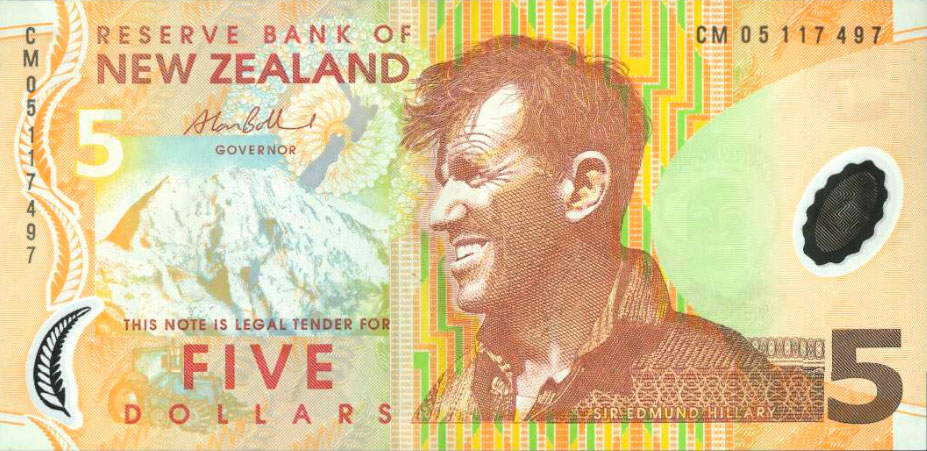
Hillary was created a Knight Commander of the Order of the British Empire (KBE) on 6 June 1953;[19] a member of the Order of New Zealand (ONZ) in 1987; and a Knight of the Order of the Garter (KG) on 22 April 1995.[35] He was also awarded the Polar Medal for his part in the Commonwealth Trans-Antarctic Expedition.[36] His favoured New Zealand charity was the Sir Edmund Hillary Outdoor Pursuits Centre of New Zealand of which he was Patron for 35 years. Hillary was particularly keen on the work this organisation did in introducing young New Zealanders to the outdoors in a very similar way to his first experience of a school trip to Mt Ruapehu at the age of 16. Various streets, schools and organisations around New Zealand and abroad are named after him. A few examples are Hillary College (Otara), Edmund Hillary Primary School (Papakura) and the Hillary Commission (now SPARC).
Statue of Hillary permanently gazing towards Aoraki/Mount Cook.
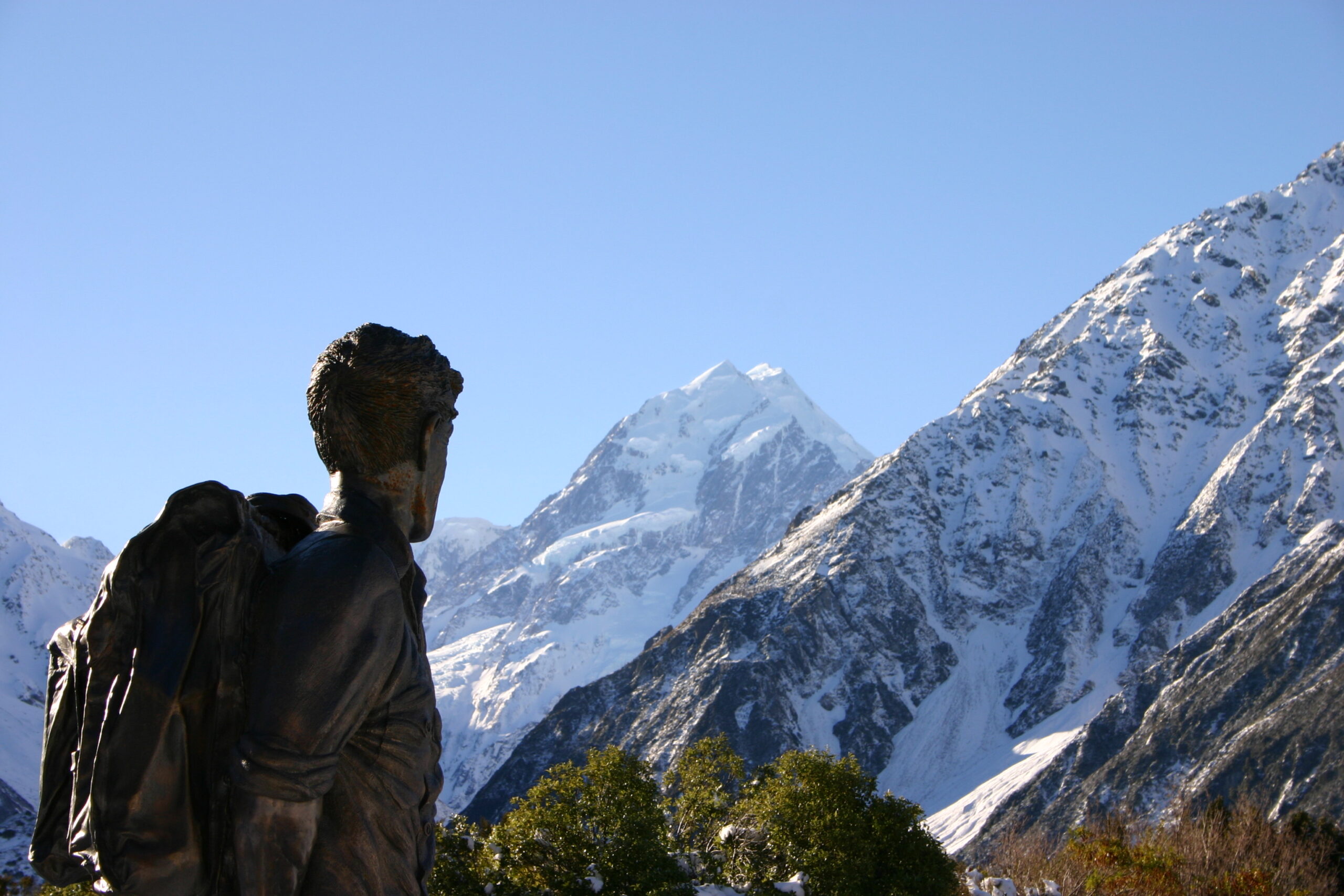
Statue of Hillary permanently gazing towards Aoraki/Mount Cook, one of his favourite peaks.[37]
In 1992 Hillary appeared on the updated New Zealand $5 note, thus making him the only New Zealander to appear on a banknote during his or her lifetime, in defiance of the established convention for banknotes of using only depictions of deceased individuals, and current heads of state. The Reserve Bank governor at the time, Don Brash, had originally intended to use a deceased sportsperson on the $5 note but could not find a suitable candidate. Instead he broke with convention by requesting and receiving Hillary’s permission — along with an insistence from Hillary to use Aoraki/Mount Cook rather than Mount Everest in the backdrop. The image also features a Ferguson TE20 tractor like the one Hillary used to reach the South Pole on the Commonwealth Trans-Antarctic Expedition.[38]
To mark the occasion of the 50th anniversary of the first successful ascent of Everest the Nepalese Government conferred honorary citizenship upon Hillary at a special Golden Jubilee celebration in Kathmandu. He was the first foreign national to receive such an honour from the Nepalese government.[39]
In 2008, the same year he died, the Indian Government conferred him with Padma Vibhushan, the second highest civilian honour of the country.[40]
A 2.3-metre (7.5 ft) bronze statue of “Sir Ed” was installed outside The Hermitage hotel at Mt Cook village, New Zealand, in 2003.
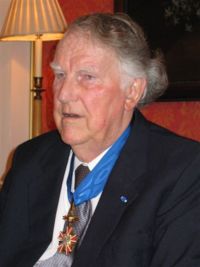
Edmund Hillary in Warsaw, 2004
Two Antarctic features are named after Hillary. The Hillary Coast is a section of coastline south of Ross Island and north of the Shackleton Coast. It is formally recognised by New Zealand, the United States of America and Russia. TheHillary Canyon, an undersea feature in the Ross Sea appears on the General Bathymetric Chart of the Oceans, which is published by the International Hydrographic Organization.[41]
Family life
Hillary married Louise Mary Rose on 3 September 1953, soon after the ascent of Everest. A shy man, he relied on his future mother-in-law to propose on his behalf.[7][6][42] They had three children: Peter (1954), Sarah (1955) and Belinda (1959-1975).[13][1]
In 1975 while en route to join Hillary in the village of Phaphlu, where he was helping to build a hospital, Louise and Belinda were killed in a plane crash near Kathmandu airport shortly after take-off.[6]
Hillary married June Mulgrew, the widow of his close friend Peter Mulgrew, on 21 December 1989.[7][43] His son Peter Hillary has also become a climber, conquering Everest in 1990. In April 2003 Peter and Jamling Tenzing Norgay (son of Tenzing) climbed Everest as part of a 50th anniversary celebration.[44] Hillary had six grandchildren, altogether.
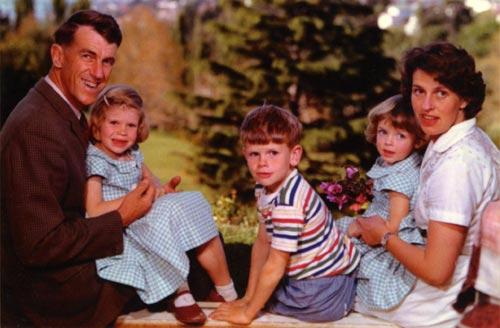
Image Source: Sutori.com
Philanthropy
Following his ascent of Everest he devoted much of his life to helping the Sherpa people of Nepal through the Himalayan Trust, which he founded. Through his efforts many schools and hospitals were built in this remote region of the Himalayas. He was the Honorary President of the American Himalayan Foundation, a United States non-profit body that helps improve the ecology and living conditions in the Himalayas.
Hillary spoke of his disdain for the attitudes displayed by many modern mountaineers. In particular he publicly criticized New Zealander Mark Inglis and 40 other climbers who, in various groups, left British climber David Sharp to die in May 2006. He said:[45]
I think the whole attitude towards climbing Mount Everest has become rather horrifying. The people just want to get to the top. They don’t give a damn for anybody else who may be in distress and it doesn’t impress me at all that they leave someone lying under a rock to die.
— Sir Edmund Hillary
Dead
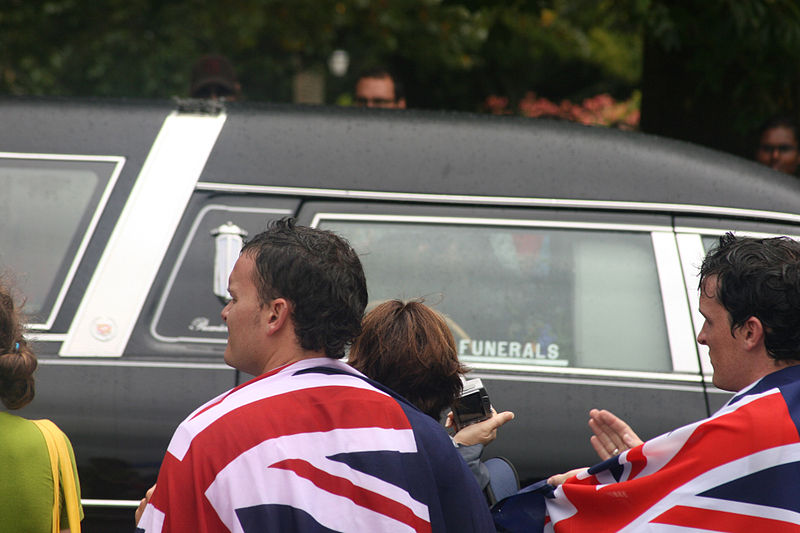
On 11 January 2008, Hillary died of heart failure at the Auckland City Hospital at around 9 am NZDT (10 January at 20:00 UTC) at the age of 88.[46] Hillary’s death was announced by New Zealand Prime Minister Helen Clark at around 11:20 am. She stated that his passing was a “profound loss to New Zealand”.[47] His death was recognised by the lowering of flags to half-mast on all Government and public buildings and at Scott Base in Antarctica.[48] Actor and adventurer Brian Blessed, who attempted to climb Everest three times, described Sir Edmund as a “kind of titan”.[49] He was in hospital at the time of his death but was expected to come home that day according to his family.[50][51][52][53][54][55][56][57] The local press emphasized Hillary’s humble and congenial personality and his life of hard work.[58][59][60]
In tribute Claire Harvey wrote in the 12 January 2008 New Zealand Herald “[a]nd for New Zealanders, Sir Ed was everything a good bastard ought to be – modest and humorous, brave and compassionate, and just grouchy enough to remind us he never sought, nor particularly enjoyed, adulation.”
After Hillary’s death the Green Party proposed a new public holiday for 20 July or the Monday nearest to it.[61] Renaming mountains after Hillary was also proposed. The Mt Cook Village’s Hermitage Hotel, the Sir Edmund Hillary Alpine Centre and Alpine Guides, proposed a renaming of Mount Ollivier, the first mountain climbed by Hillary. The family of Arthur Ollivier, for whom the mountain is named, are against such a renaming.[62]
Tribute
There have been many calls for lasting tributes to Sir Edmund Hillary. The first major public tribute has been by way of the “Summits for Ed” tribute tour organised by the Sir Edmund Hillary foundation (www.summitsfored.org.nz). This tribute tour went from Bluff at the bottom of the South Island to Cape Reinga at the tip of the North Island, visiting 39 towns and cities along the way. In each venue school children and members of the public were invited to join together to climb a significant hill or site in their area to show their respect for Hillary. Public were also invited to bring small rocks or pebbles that had special significance to them, that would be collected and included in a memorial to Hillary at the base of Mt Ruepehu in the grounds of the Sir Edmund Hillary Outdoor Pursuits Centre.
Any funds donated during the tour are to be used by the foundation to sponsor young New Zealanders on outdoor courses to continue the values that Hillary espoused. Over 10,000 members of the public attended these “Summit” climbs. On 23 October 2008, it was announced that all future England vs New Zealand rugby test matches will be played for the Hillary Shield named in honour of Sir Edmund. The shield will be contested for the first time on 29 November 2008 at Twickenham Stadium, and presented to the winners by Lady Hillary.[68]
Publications
Books written by Hillary include:
- High Adventure (1955), Oxford University Press (Paperback) ISBN 1932302026
- High Adventure: The True Story of the First Ascent of Everest (1955), Oxford University Press (Paperback) ISBN 0195167341
- East of Everest – An Account of the New Zealand Alpine Club Himalayan Expedition to the Barun Valley in 1954, with George Lowe (1956), E. P. Dutton and Company, Inc. ASIN B000EW84UM
- No Latitude for Error (1961), Hodder & Stoughton. ASIN B000H6UVP6.
- The New Zealand Antarctic Expedition (1959), R.W. Stiles, printers. ASIN B0007K6D72.
- The crossing of Antarctica; the Commonwealth Transantarctic Expedition, 1955-1958 with Sir Vivian Fuchs (1958). Cassell ASIN B000HJGZ08
- High in the thin cold air; the story of the Himalayan Expedition, led by Sir Edmund Hillary, sponsored by World Book Encyclopedia, with Desmond Doig (1963) ASIN B00005W121
- Schoolhouse in the Clouds (1965) ASIN B00005WRBB
- Nothing Venture, Nothing Win (1975) Hodder & Stoughton General Division ISBN 0340212969
- From the Ocean to the Sky: Jet Boating Up the Ganges Ulverscroft Large Print Books Ltd (November 1980) ISBN 0-7089-0587-0
- Two Generations with Peter Hillary (1984) Hodder & Stoughton Ltd ISBN 0340354208
- Ascent: Two Lives Explored: The Autobiographies of Sir Edmund and Peter Hillary (1992) Paragon House Publishers ISBN 1557784086
- View from the Summit: The Remarkable Memoir by the First Person to Conquer Everest (2000) Pocket ISBN 0743400674


